Description
De Welsprekendheid by Louis Fabritius Dubourg printed on a T-Shirt
About the T-Shirt
Regular fit
Standard length, the fabric easily gives into movement
Casual wear
A classic, everyday option loved by our customers
Side-seamed
Constructed by sewing two parts together, creating a fitted look
The Unisex Staple T-Shirt feels soft and light with just the right amount of stretch. It’s comfortable and flattering for all. We can’t compliment this shirt enough–it’s one of our crowd favorites, and it’s sure to be your next favorite too!
- Solid colors are 100% Airlume combed and ring-spun cotton
- Ash color is 99% combed and ring-spun cotton, 1% polyester
- Heather colors are 52% combed and ring-spun cotton, 48% polyester
- Athletic and Black Heather are 90% combed and ring-spun cotton, 10% polyester
- Heather Prism colors are 99% combed and ring-spun cotton, 1% polyester
- Fabric weight: 4.2 oz./yd.² (142 g/m²)
- Pre-shrunk fabric
- 30 singles
- Side-seamed construction
- Tear-away label
- Shoulder-to-shoulder taping
- Blank product sourced from Nicaragua, Mexico, Honduras, or the US
Louis Fabritius Dubourg (1693-1775)
Louis Fabricius Dubourg or Louis Fabritius du Bourg was an historical and academic painter of arcadian landscapes, and an engraver.
His parents Jean du Bourg and Elisabeth Burlamacchi married in 1681. Louis Fabrice was baptized on 5 July 1693 in the Walloon church. He was a pupil of Gerard de Lairesse, Gerrit Rademaker (1672-1711) and Jacob van Huysum. In 1718 he became sexton of a small wooden church on Kerkstraat. Around 1726 he was practizing foreshortening and may have been a member of an academy; he produced a lot of nude (art) during his life. When he married Eva de Kaarsgieter in 1729 he cooperated with Bernard Picart. After producing several beautiful pictures, some of which may be seen at the Westerkerk, the New Church and town hall of Amsterdam, he exchanged the brush for the graver, and executed some vignettes and other small compositions, and also etched a number of plates from his own designs.
He cooperated with members of the Stadstekenacademie, Amsterdam, as Jacob Folkema, François Morellon, Cornelis Troost, Simon Fokke, Michiel Elgersma and Pieter Tanjé, engravers. He was buried on 22 September 1775 the Amstelkerk, where he had lived most of his life. His collection of pictures and drawings was sold at an auction in 1776.

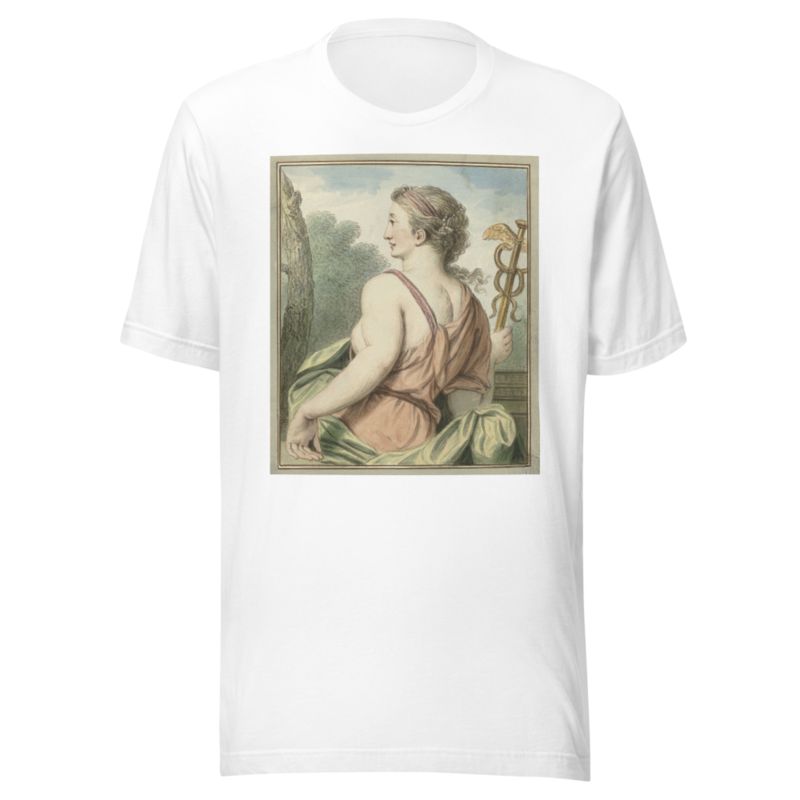
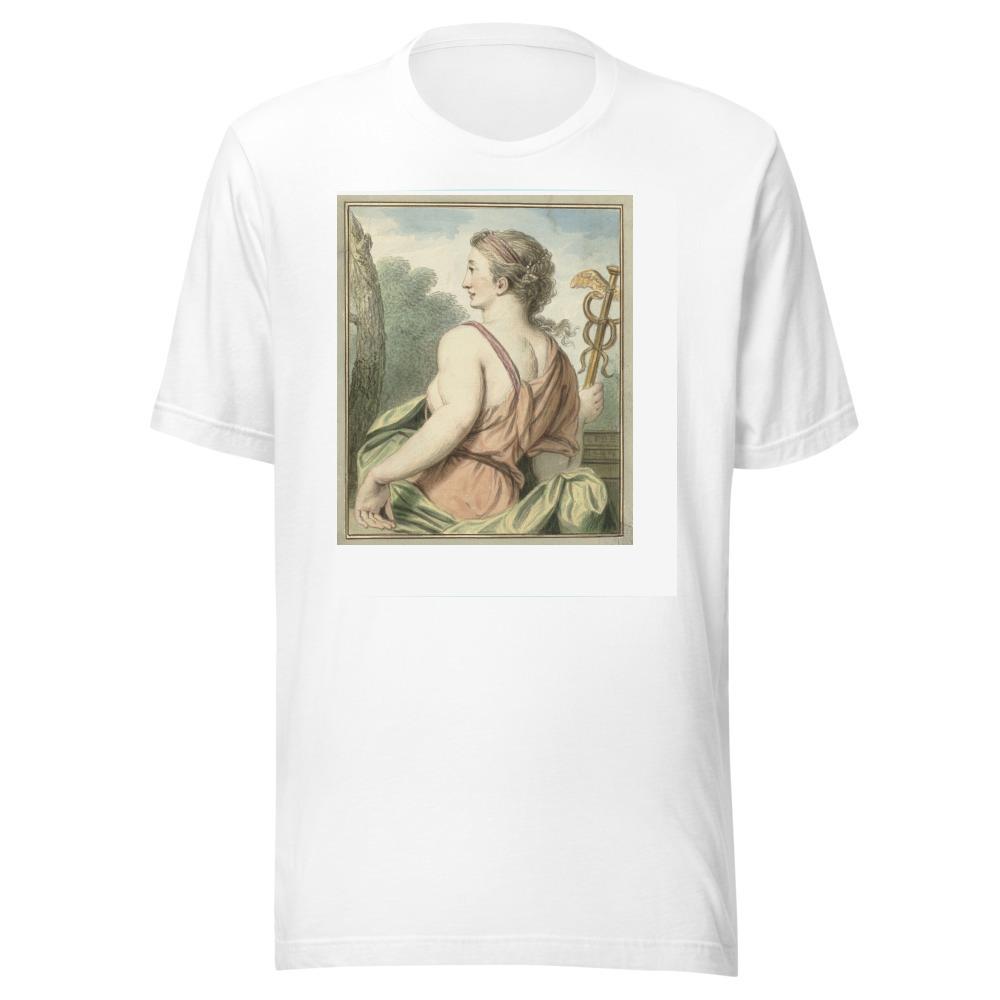
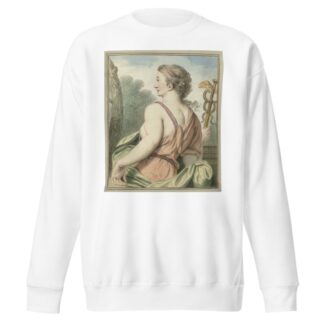
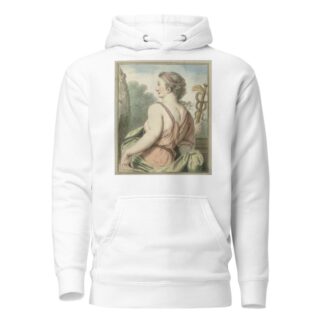
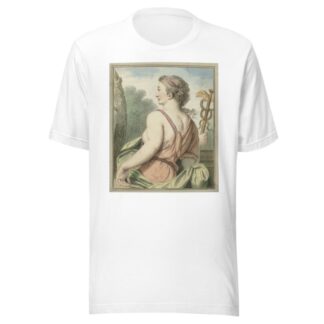
Reviews
There are no reviews yet.